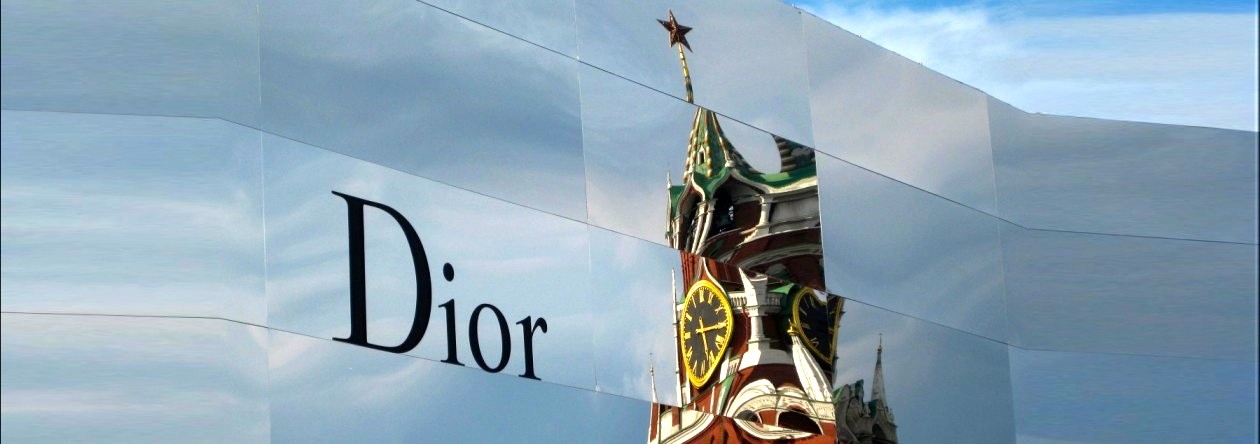The Last Day of the Kiosk: A Moscow without Muscovites
Vitaly Kurennoj, National Research University – Higher School of Economics (Moscow, Russia)
Moscow has endured the “Night of Long Excavators.” The constantly evolving tent complexes that clung to the metro stations, pedestrian tunnels, and surrounding squares since the beginning of the 1990s were all destroyed under the cover of darkness on the evening of February 9, 2016.
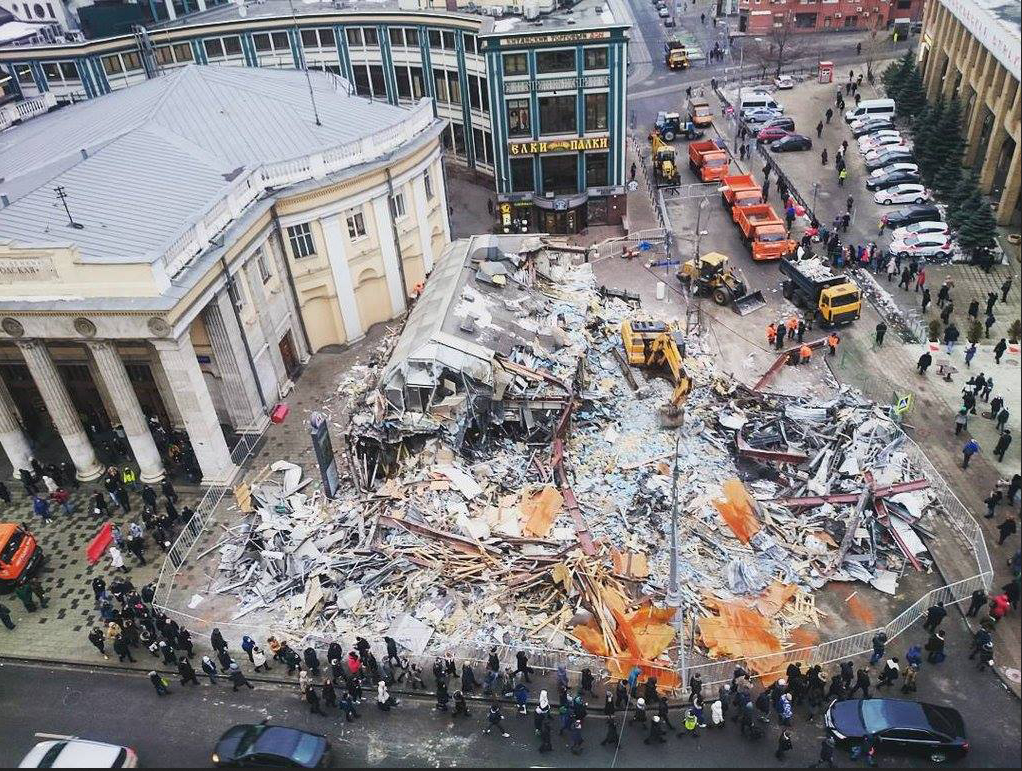
Popular bloggers, architects, and urbanists have welcomed the “recovery of the architectural aesthetic” and the “new possibilities” for the city with lustful satisfaction. They have also welcomed the return of Moscow’s “public spaces,” spaces that were once colonized by a tent-retail economy. Despite the heart-breaking nighttime news coverage of small businesses owners for whom the events of February 9 were a serious catastrophe, these commentators, who claim to be socially and economically responsible experts, add that now this sector of the economy will finally be able to be resettled to the first floors of Moscow buildings in a civilized manner.
The destruction of the text complexes is not an isolated incident; it is just one step in the long-term political plan of the Moscow government, which, without a doubt, sees itself as returning the city’s appearance to a more “civilized” form. This plan has by now almost reached completion, although not without bloodshed. The plan began with the destruction of garages and storage sheds, and will end—as some urbanisits rub their hands in anticipation—with the destruction not only of the remains of the tent civilization of the 1990s, but also of the next architectural level: the shopping centers of the 2000s. For example, the classic view of the square at the Aeroport metro station was once dominated by a statue of Ernst Tel’man, but is now completely blocked by the shopping center Galereia Aeroport.
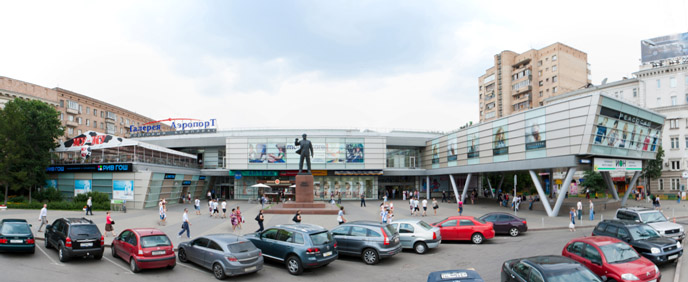
Likewise, the constructivist beauty of the Kursky train station is blocked by the monstrous Atrium entertainment complex. These structures, of course, are no more than cubed architectural and cultural renditions of the standard kiosk. Anyone who has been to the markets in Khasavyurt or Grozny knows that multi-story structures do not need to be made out of monumental glass or metal; a typical kiosk can easily be expanded upwards by five floors. But the force behind such development in Moscow is not just another level of architecture, but another class of kiosk owners as well. Whether the city will have the strength to cope with these individuals is a different question entirely.
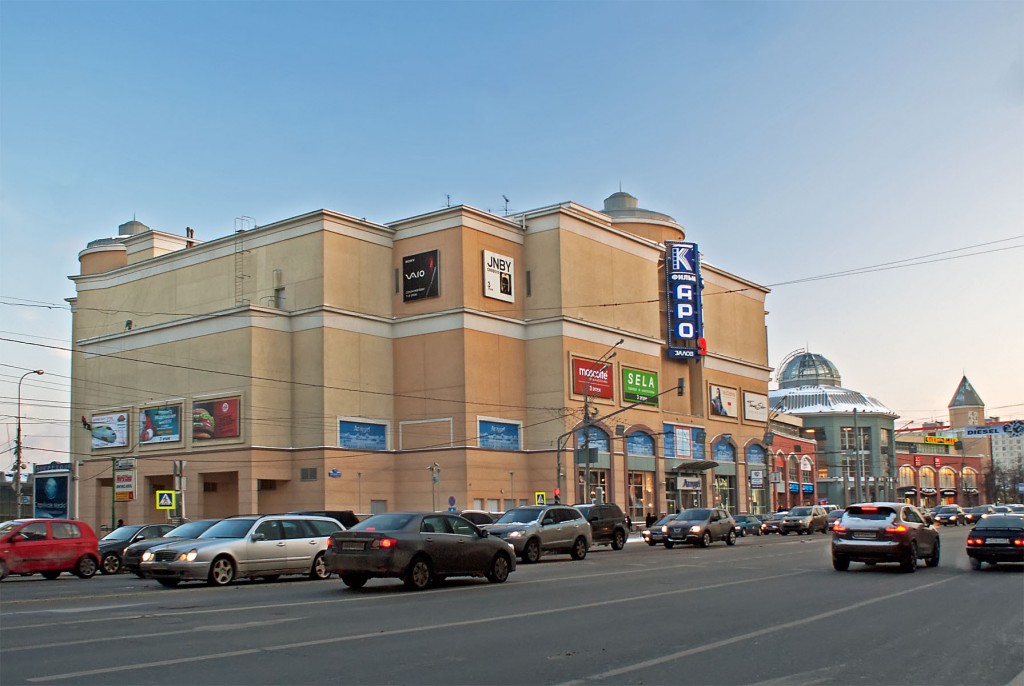
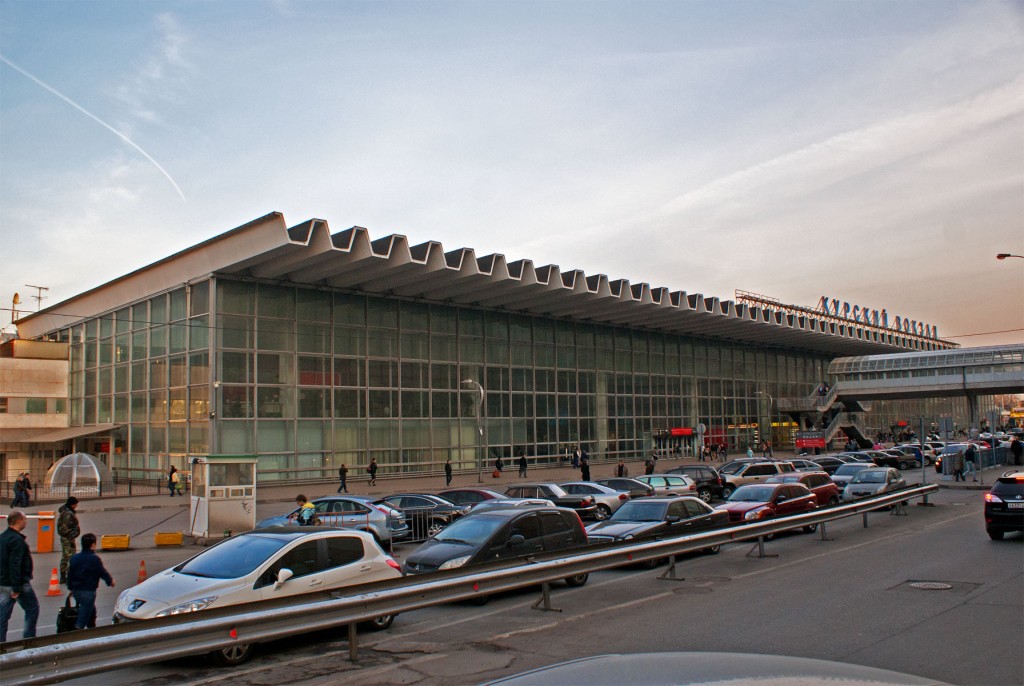
The city’s political plan, which is possible only thanks to the social, cultural, and demographic resources available in Moscow, contains a whole series of semantic aspects that are worth noting here. We will begin with the trivial: it is difficult to differentiate the joy of some commentators over the restoration of the “architectural harmony” from the manifestation of necrophilia, as Erich Fromm understands this phenomenon: specifically, as a distaste for life, for the kind of life that destroys the order of ruler-straight architectural lines and horizons. In his detailed analysis of Hitler’s personality in terms of necrophilia, Fromm notes: “Architecture was the only field that he was genuinely interested in.” Even though the destruction of the tent complexes is a weakened form of this phenomenon, it is responsible for the opinion that so aggravates modern scholars of Hans Christian Andersen’s “The Snow Queen”: just as each tile should be laid evenly and precisely so that you could easily slide on it when it’s covered in a layer of ice, so should lamps, benches, and store signs be organized like the parade formation of the ceremonial guard. In other words, in a straight line.
In his 1998 study Seeing Like a State, James Scott reveals all of the nuances of the government’s optics of total transparency, order, and control, an optics that motivates a relentless battle with any instance of non-linearity in life. It is no coincidence that advocates of geometric symmetry are also proponents of the ideas of biological purity and cleansing; they are troubled by the unsanitary conditions of street food vendors, which shamelessly make the production and smells of food preparation accessible to the public. Order, purity, and transparency: this is exactly how our disciplined government carries out its optics. In the capital’s space, this occurs by means of cleaning out the asymmetrical traces of the pitiful efforts of individuals; on the Russian road, this occurs by means of video cameras that make it impossible for long-haul truckers to avoid paying highway fees. However, now we will move from these trivial analytic notes to the specifics of Moscow.
What architectural aesthetic is revealed to us through the purging of Moscow’s landscape? It reveals the architecture of that historical epoch, in which there were advocates of that very “view of the state,” in the most superlative sense. This is the aesthetic of the space of Stalinism: here, in particular, the spaces surrounding the exits of Moscow’s metro stations. The tyrant and the dictator are an architect’s best friends; only in this union is the desire for a unified grand style met with boundless resources and power. The metro kiosk is not simply an economic unit. It is also a symbol of the 1990s, when the individual was allowed to exercise his own private initiative, each according to his own strengths, possibilities, and taste (fostered by, let us not forget, that very same government). Thus, only now has the wave set to eliminate the legacy of the “wild nineties” spilled up onto the shores of Moscow, and the government has again taken up the role of the city’s exclusive and unsurpassed organizer. The new style of Sobianin’s sidewalks, with a separate lane for bikes (which no bikers will be using for many months), finally interlocks visually with the cleared view of the Stalin-era colonnades and architectural harmony. If events continue to develop in this manner, then another layer of Soviet architecture will be laid bare on Moscow’s periphery: soon they will begin to level the shopping centers and restaurants that line the roads and block the view of the paneled high-rise buildings built under Brezhnev.
Here, all of the complexity and asynchrony of our administration manifests itself; in the 1990s, the tent emerged as the answer to the government’s inability to fully provide for the population. The population was left to its own resources, and it found a way out—it built itself a tent and stocked it with all the essentials. This is not the first time the government has allowed the individual to provide for and save himself. The authentic history of the freedom of Russo-Soviet citizens is found in dachas, gardens, and garages. This is the cyclical nature of the Russian government’s concern for its population; it allows its citizens to support themselves in difficult times while gathering its power so that it may return to its noble cause of the aesthetic ennoblement and geometrically-correct improvement of the surrounding environment. But just as it would seem that another round of distribution of garden plots is on the horizon, imports are phased out in favor of domestic products and the inexorable inertial motion of the paving machines—those that level the city’s perspective—continue along the streets of Moscow. It will be interesting to see how long the inertia of this great machine will last.
The history of clearing Moscow’s spaces is enlightening in yet another sense. Most people have little concern for the individual tragedies of small business owners. They’ll land on their feet, of course, even in the face of the absurd prices for retail space in Moscow. But here there is something entirely different happening. It is as if something has broken within the daily lives of Muscovites, in all their habits, and in—dare I say—their habitus. You buy a loaf of bread here and a bottle of water there; in theory, people should have gotten used to this over the years. The point lies, after all, not just in economics and in small business enterprise, but also in the very way of life of Muscovites, for whom familiar places are of the utmost importance. After all, without them, a Muscovite lives in a state of stress and constant movement. But, unlike motorists, citizens haven’t been standing up to protect their own habits. And this speaks volumes about Moscow and the Muscovites who live in the center. Namely: there are none. There are no citizens living in the center who feel connected to any particular eateries or pastry kiosks located by the metro stations. The center is a transitory zone, not a city. The migrant workers who set up communes in expensive center-city apartments don’t form city habits. Neither are they formed among those who have recently relocated to Stalinist-era apartment buildings or to some “elite block of the city,” since these individuals can buy a loaf of bread anywhere. Moscow isn’t built for citizens. At its best, it’s built for urbanists.
PS. Come to think of it, has anybody unveiled a monument to the kiosk anywhere yet? Given the current speed of the renewal taking place in Moscow, we might easily miss the opportunity to museumify this cultural thread.
February, 2016
Republished and translated with the author’s permission from: https://www.facebook.com/notes/vitaly-kurennoj/последний-день-ларька-москва-без-москвичей/1272792482747232
Translated from Russian by Allison Stroyan
